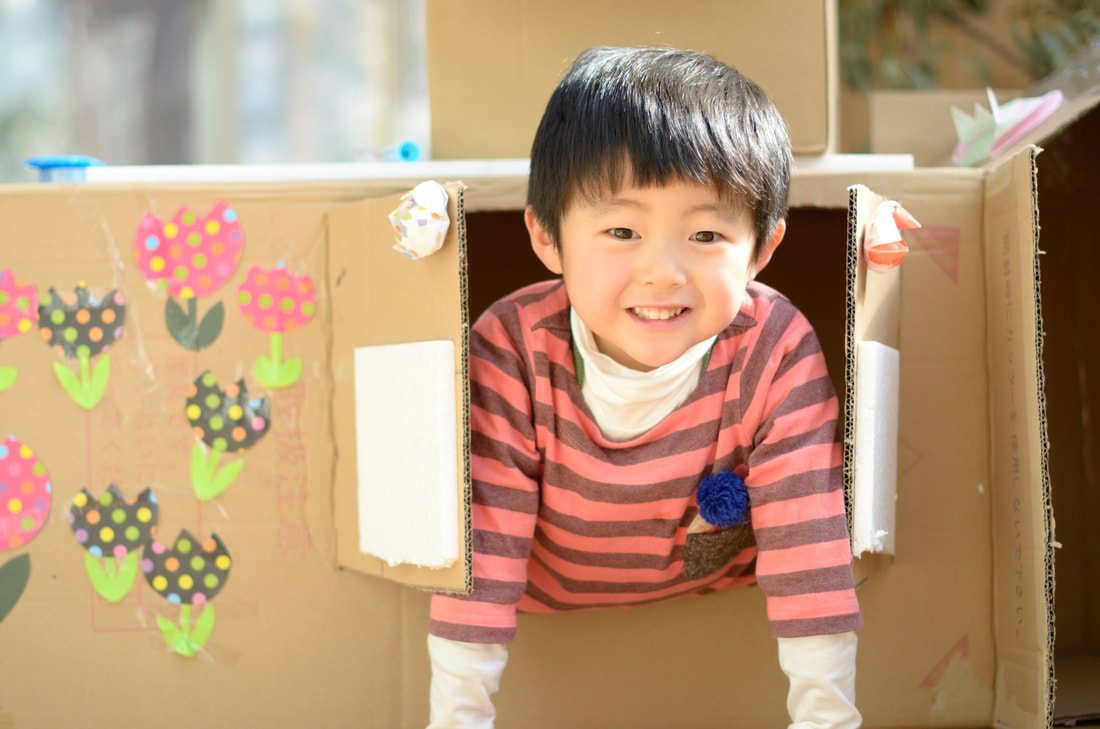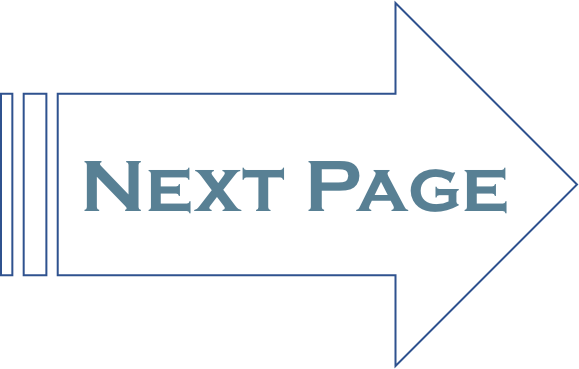Environments that Promote Physical Activity |
Page 17 |
Early childhood programs should display pictures or posters that promote physical activity. The early childhood environment can shape behaviors related to physical activity. Therefore, it is important that children’s classroom environments support physical activity. Simple acts of putting up posters, discussing and asking questions, giving positive support and being happy during times of active playtime will show children that this part of their day is valuable to them and others.
|
Try some of these ideas to help actively include all young children in your program activities. Remember that you are the facilitator, and it is your job to give each child what he or she needs to be successful when necessary. All children in your classroom will need extra help and support at times. Above all, get to know the children in your care well and collaborate with other individuals who know them, such as family members, therapists, or related services personnel.
|
Equipment and Space
- Safety should always be a primary consideration.
- Consider children's needs before planning activities. Make sure that designated play spaces and materials in the classroom are accessible to all children.
- Your program should include sensory activities that allow children to explore multiple senses. Multisensory learning is learning that involves two or more of the senses within the same activity. When young children use multiple senses to process new information, they learn by doing what they do best – investigating, exploring and discovering.
- Materials should be age-appropriate.
- Provide support for children during activities, adapting to individual needs.
Environment
- Make it easy to move around your classroom.
- Each child is an individual, and modifications, adaptations, accommodations, and supports should be designed with a single child in mind.
Interactions
- Observe children playing and make sure that all children are included in activities.
- Model appropriate behaviors and show children how they can invite and include others in their play.
- Praise children for including other children in their play. Praise is when you tell a child what you like about their behavior. Praise nurtures a child’s self-esteem, confidence and sense of self. By using praise, you’re showing a child how to think and talk positively about themselves. You’re helping a child learn how to recognize when they do well and to pat themselves on the back.
- Incorporate activities that allow children in inclusive classrooms to get to know each other and partner with classmates.
Early childhood educators should receive training on physical activity twice per year or more (this is in addition to playground safety training).
You should be educated about the importance of physical activity. Attend trainings on ways to mix a variety of fun physical activity sessions into your daily lesson plans and group activities. Such training can increase your comfort level in leading and participating in physical activities.
You should be educated about the importance of physical activity. Attend trainings on ways to mix a variety of fun physical activity sessions into your daily lesson plans and group activities. Such training can increase your comfort level in leading and participating in physical activities.



